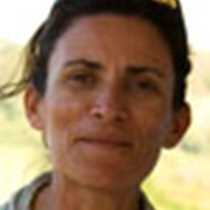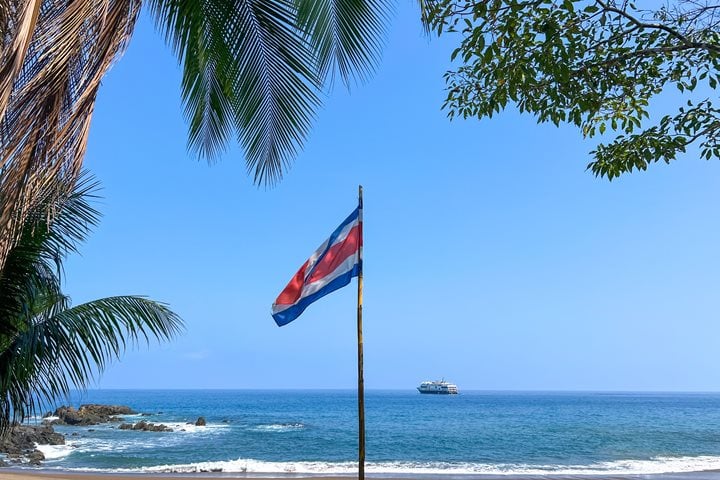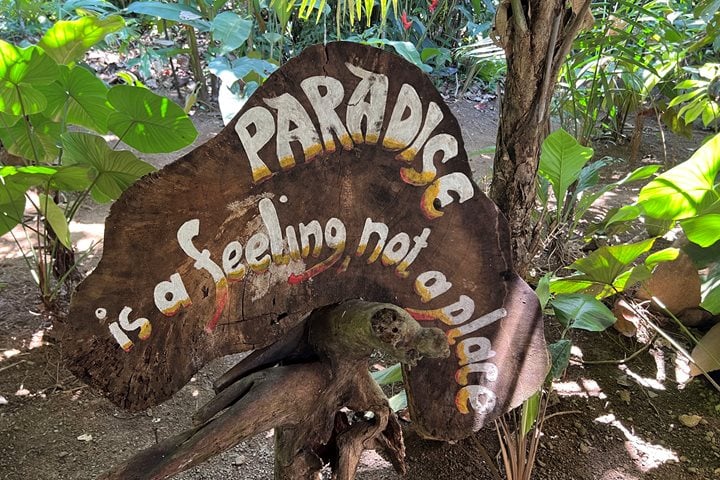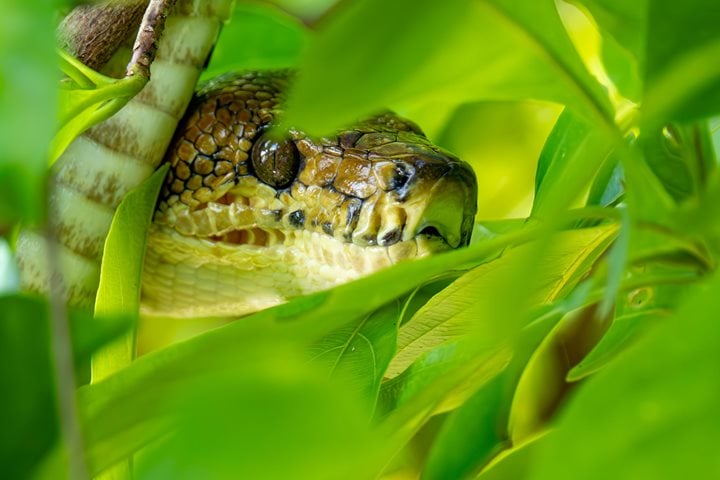Today is not only our last day in Costa Rica on board National Geographic Sea Lion; it is also the ship’s last trip in the Central American waters of the Pacific Ocean for quite a while. She, like you, will begin her journey up north literally just a few hours after we disembark tomorrow. But, for now, we still have all day ahead of us and it will be spent inside one of the best-known natural areas of the country.
Manuel Antonio National Park was established as such in 1972, and since then has protected an isolated patch of forest type called “transitional.” In the case of this park in particular, transitional refers to being in the middle of where two better-known types of forests meet; from the northwest we have the seasonally dry forests of Guanacaste and the Nicoya Peninsula and from the southwest we get the wet lowland forests of the Osa Peninsula. The Central Pacific area of our coastline is one of the most diverse spots in our country as it is where organisms, particularly plants, find their northernmost or southernmost range. Trees like the raintree, the stinking-toes tree, the Panama and Aspidosperma sp. trees and the royal palm meet in the middle. But Manuel Antonio is particularly important in another way; it is also the last remaining large patch of forest in the region, thus creating a haven for many medium-sized mammals to live in.
The park encompasses three long strands of magnificent white sand beaches, fringed by forest and the Pacific Ocean. The beaches are clean and wide. As in many other sites of the Pacific coastline, the forest comes down to the water’s edge in places, which sometimes allows bathers to swim in the shade and spot wildlife at the same time.
Early this morning, we heard the voice of our expedition leader, Gustavo waking us up for our day’s activities. Whether we want to walk a lot, not so much, or not at all, we all have an option and off we go on to the white sandy beach for our last wet landing of the trip. As we change into our dry walking shoes, we meet the two local guides who will help us this morning: Adrian and Wilbert. The park is always a great success when it comes to spotting wildlife; we all came back to the beach with great stories of mother sloths and monkeys with babies, large lizards, birds, white-tailed deer and raccoons. Back on board for lunch and out again to enjoy our last opportunity for a dip in really warm ocean waters.
As the captain repositions our ship towards our last spot, Herradura Bay, the sun sets on the horizon with a colorful farewell. So, until we meet again somewhere else, safe travels and good fortune.







